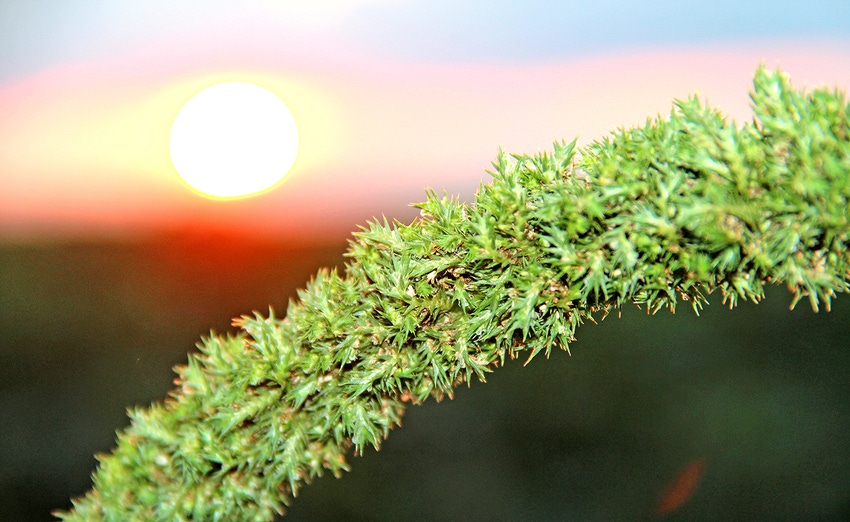March 8, 2016

There was less pigweed — Palmer amaranth — in Tennessee cotton than in soybeans in 2015. In my opinion there were four reasons for that.
(1) A big reason is that Liberty, for the first time, could be used over-the-top of all our cotton last year. This is due to Deltapine moving to Xtend cotton, which has resistance to glyphosate, dicamba and Liberty. In past years, about 25 percent of our crop was just Roundup Ready, and pigweed management on those acres was always more problematic.
(2) A second reason for the better weed control is that cotton acres were way down in 2015, which made timely applications of Liberty much more feasible.
(3) A third reason, of course, is that in cotton we do not rely on PPO herbicides as the main component in our Palmer amaranth management as has been the case in soybeans. At most, in cotton, PPO herbicides are used on a few acres early preplant or later in the season post-direct. The PPO-resistant pigweed will be an even more prominent problem this year in soybeans, but in cotton it should be only a minor annoyance.
(4) Probably one of the most notable reasons for the better Palmer amaranth control in cotton than soybean in 2015 was how much hand weeding was conducted in cotton.
We asked the farmers in attendance at our Cotton Focus meeting in February to fill out a survey on their cotton weed control practices in 2015. We had a great response — over half of the farmers in attendance responded. In that survey we asked what percent of their cotton acres was hand-weeded. The answer was that 52 percent of their cotton crop in 2015 was hand-weeded. This is similar to a survey conducted three years ago that found 49 percent of cotton in Arkansas, Mississippi and Tennessee was hand-weeded.
More difficult in soybeans
That much hand-weeding over a three-year period really jumps out at me. I know from a recent survey of weed management in soybean in Tennessee that only about 20 percent is hand-weeded. The disparity in hand-weeding between cotton and soybeans is not that surprising, because it is much harder to chop weeds in soybeans planted in 15-inch and 7.5-inch-wide rows than it is in cotton planted into 38-inch rows.
All that hand-weeding was not cheap. The average cost per acre to hand-weed cotton was $35. It was only a decade ago that the majority of almost everyone’s cotton weed control program consisted of three post applications of glyphosate, which cost less than what many are hiring chopping crews for today.
Counting up the effective Palmer amaranth modes of action used by most cotton growers over the past few years it looks to be sustainable from a resistance management standpoint. Most are using Gramoxone plus Cotoran and/or Caparol pre, Liberty plus Roundup plus Dual Mag early post, another shot of Liberty a couple weeks later and then use a hooded application of Direx plus MSMA and/or a chopping crew.
We have really leaned on Liberty in Tennessee for almost 10 years in cotton and have not yet run across resistant Palmer amaranth (knock on wood). Utilizing so much diversity in our weed control program is a major reason for that. This is really a success and growers should be commended.
LibertyLink soybeans
It appears we will have a large percentage of our acres of soybean planted to LibertyLink this spring. Let’s not make that crop a weak link on Liberty resistance management and remember to use other Palmer amaranth-effective modes of action. This would include the group 15 herbicides like Dual Magnum and Zidua. It would also include metribuzin applied pre and finally tank-mixing a PPO herbicide in with the Liberty post.
Of course, hand weeding is another option. I know this is not cheap and soybeans are $8 at the river, but if we want to continue growing this crop we must steward the few herbicides left that effectively manage Palmer amaranth.
Larry Steckel is a weed scientist at the University of Tennessee.
You May Also Like




